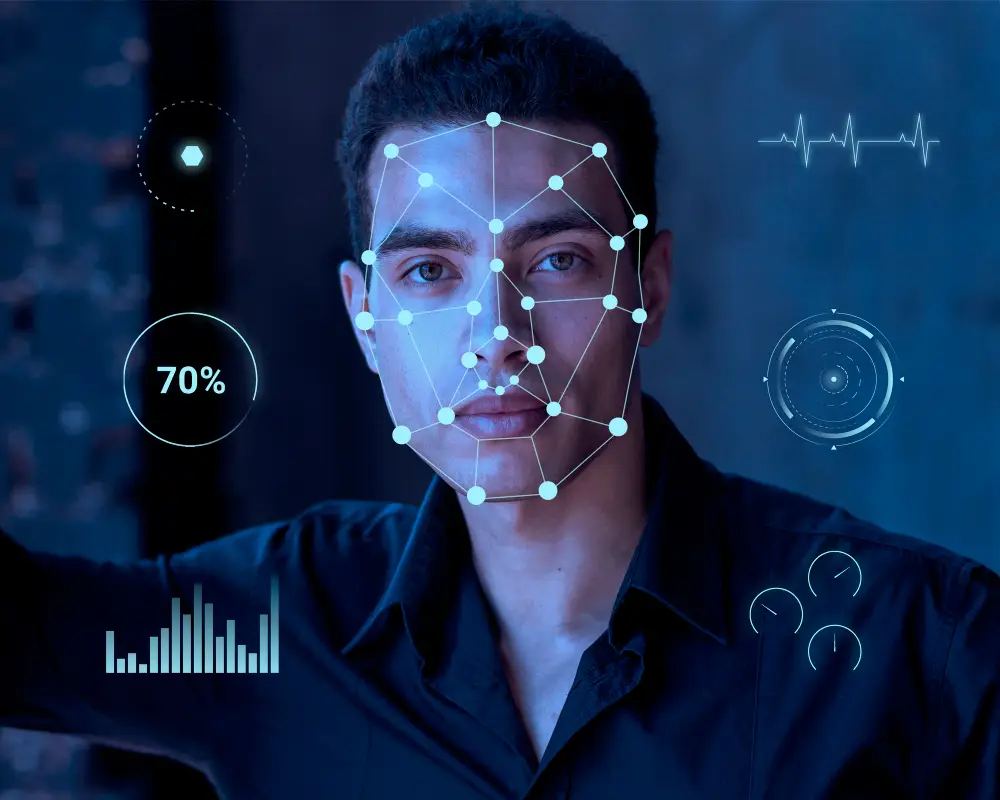Machine learning (ML) is revolutionizing how we interact with digital environments, enabling the creation of adaptive user interfaces that evolve based on user behavior and preferences. This article delves into the role of machine learning in developing adaptive UIs, exploring the technology’s impact on enhancing user experience through intelligent, personalized design.
Understanding Adaptive User Interfaces
Adaptive user interfaces (AUIs) adjust in real time to provide users with a more intuitive and personalized experience. These interfaces leverage data on user behavior, preferences, and context to make on-the-fly adjustments in layout, navigation, and content, making interactions more relevant and engaging.
The Role of Machine Learning in Adaptive UIs
1. Behavioral Analysis
Machine learning algorithms analyze user behavior, collecting data on how individuals interact with a system over time. This data provides insights into usage patterns, which inform adaptations that enhance usability, such as rearranging frequently used features or customizing content recommendations.

2. Contextual Understanding
ML models can understand contextual cues such as location, time of day, and device type. This enables interfaces to adapt dynamically, offering features and content that best suit the user’s current situation. For example, a weather app might highlight different information depending on whether the user is checking the forecast in the morning or evening.

3. Predictive Personalization
By predicting user preferences, machine learning helps interfaces adapt proactively. This could mean pre-loading relevant data for faster access, suggesting actions based on past behavior, or adjusting the interface layout to suit individual usage habits, all aimed at enhancing user satisfaction.

4. Voice and Gesture Recognition
Machine learning powers advanced voice and gesture recognition, enabling interfaces to adapt based on user commands and actions. Intelligent virtual assistants like Siri and Alexa use ML to understand and learn from voice commands, enhancing their ability to recognize and predict user needs.

Benefits of Machine Learning in Adaptive UI Design
Personalized User Experience
By tailoring interactions to individual preferences, ML-driven AUIs significantly enhance user satisfaction and engagement.
Increased Efficiency
Adaptive UIs streamline navigation by prioritizing relevant features and content, reducing user effort and improving efficiency.
Accessibility
Machine learning can also aid in creating interfaces that adapt to the needs of users with disabilities, ensuring broader accessibility.
Challenges and Considerations
While machine learning offers immense potential, its integration into UI design is not without challenges. Ensuring data privacy, preventing algorithmic bias, and balancing automation with user control are crucial. Additionally, constant monitoring and refinement of ML models are required to maintain accuracy and relevance in adaptations.

Conclusion
Machine learning is pivotal in the evolution of adaptive user interfaces, providing the intelligence needed to create dynamic, personalized, and intuitive digital experiences. By leveraging the power of ML, developers can build interfaces that not only adapt to users but also anticipate their needs, creating a new standard in user-centric design.
Call to Action
Are you looking to create more adaptive and intelligent user interfaces? Harness the power of machine learning to transform your UI designs and provide unparalleled user experiences. Contact us to explore how we can help integrate ML into your next digital project.


